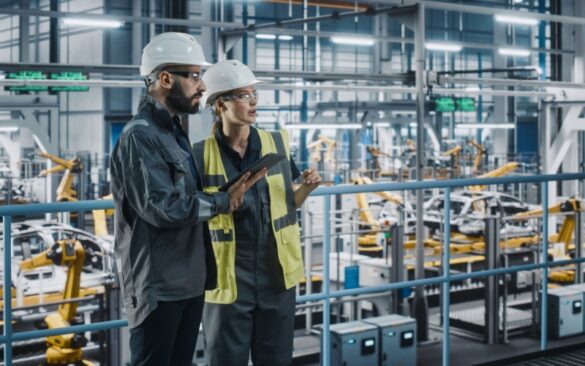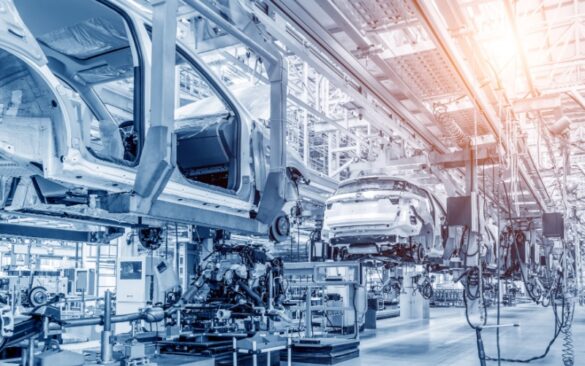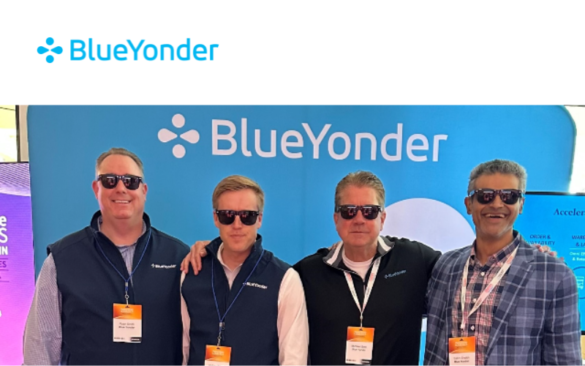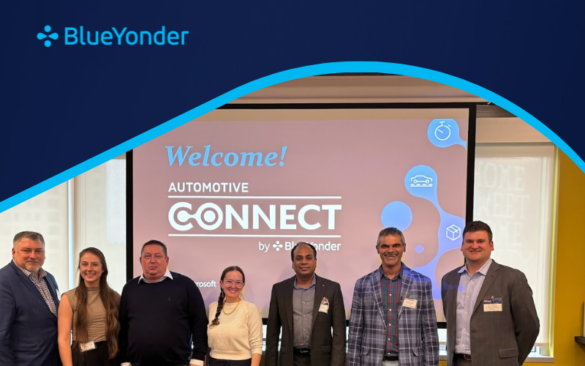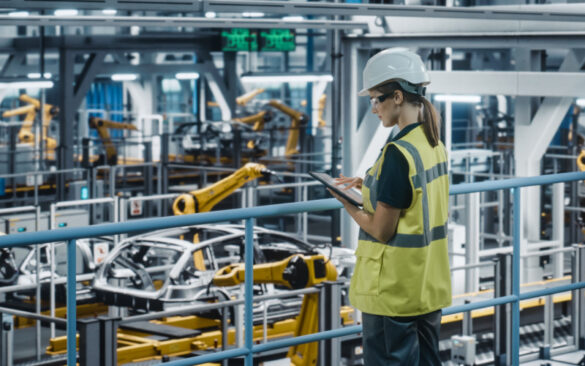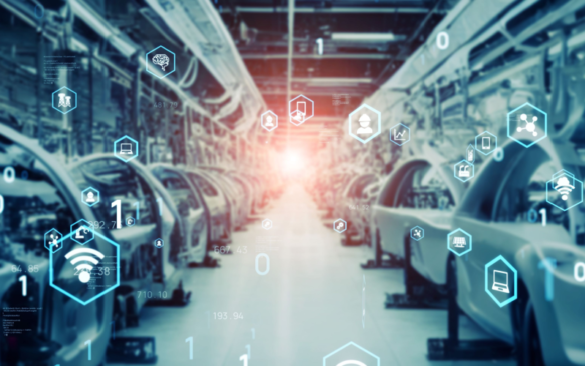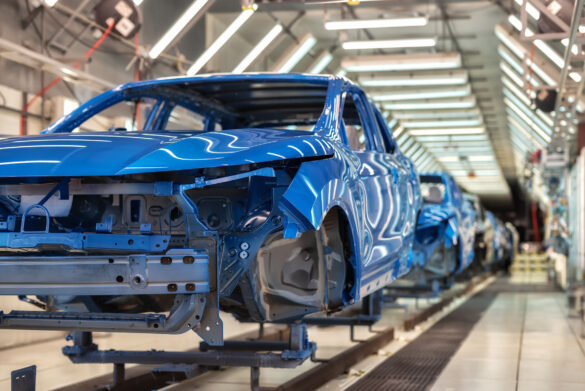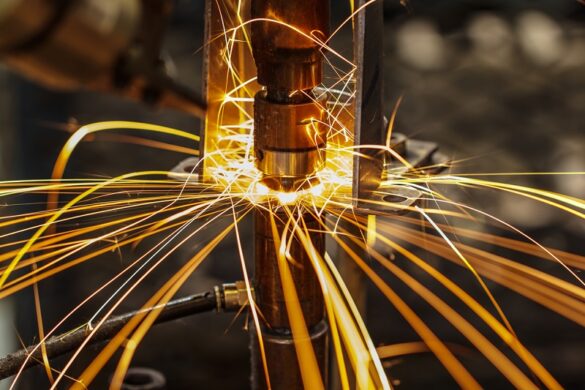Enable Resiliency and Operational Flexibility Through Advanced Production and Transportation Optimization for Manufacturers
To maximize customer satisfaction, large-scale manufacturers, such as car and truck makers, need to optimize lead times and delivery reliability. But today’s volatile supply chain landscape — characterized by sudden demand swings, as well as materials shortages and other disruptions — means they must also…
Transforming Automotive Supply Chains: Southeast Toyota’s Journey With Blue Yonder
In today’s rapidly evolving automotive industry that is significantly impacted by macroeconomic challenges, government regulations, geopolitical tensions, software proliferation, and changing customer expectations, optimizing supply chain processes has become crucial for maintaining a competitive edge. Southeast Toyota Distributors, the largest independent distributor of Toyotas in…
Key Takeaways From the 2024 Finished Vehicle Logistics Conference
For over a century, the global automotive industry has centered around one primary technology: the internal combustion engine. However, the digitalization of modern cars is now transforming the industry, with significant implications for the entire supply chain. As vehicles become more connected, autonomous, electric, and…
6 Key Takeaways from Blue Yonder Automotive Connect
Blue Yonder and Microsoft co-hosted the annual Blue Yonder Automotive Connect event in Detroit, Michigan, bringing together 67 supply chain practitioners from 15 companies in the Automotive OEM, Tier 1, and Aftermarket sectors. The event featured engaging speakers from Daimler Truck, Ford, Subaru Canada, Mercedes-Benz…
Driving the Future of Automotive — Connected, Autonomous, Electric, Configure to Order
For over a century, the global automotive industry has been focused on one central technology: the internal combustion engine. But now, the digitalization of the modern car is revolutionizing the industry, with enormous repercussions for the end-to-end supply chain. As cars become more connected, autonomous,…
“Never Let a Good Crisis Go to Waste” – Key Insights from the Automotive Logistics
“Never let a good crisis go to waste. » – Sir Winston Churchill Having just returned from the 2023 Automotive Logistics and Supply Chain Global conference in Detroit, these words are very fitting to encapsulate the essence of the event. It was indeed an honor to…
5 Key Insights From the 2022 Automotive Logistics and Supply Chain Conference
I just returned from the Automotive Logistics and Supply Chain Conference in Detroit. This annual event explores supply chain management and how logistics can succeed in a fast-changing environment. I am feeling energized by what I learned and the people I spoke to while there….
Navigating the Perfect Storm: Automotive CEOs Focus on Strategies to Counter Inflation and Enable Supply Chain Resiliency
The automotive sector has switched lanes into a new digital world, where the pace of change is also hurtling manufacturers into oncoming traffic in the form of geopolitical, economic and natural crises. This mix of an increase in data volume, velocity and frequency; evolving customer…
The Digital Car: Supercomputer on Wheels
The worldwide chip shortage is just one sign that automakers and semiconductor manufacturers need to collaborate at an entirely new level This blog is co-authored by Salim Shaikh, Vice President – Industry Strategy, Blue Yonder, and Ehap Sabri, Managing Director, KPMG For over a century,…
Building Supply Chain Resilience Through a Boundaryless S&OP and S&OE Process
This blog was co-authored by Salim Shaikh and Chainalytics’ Jeff Baker. In today’s VUCA (Volatile, Uncertain, Complex and Ambiguous) environment, unexpected market demand and supply disruption can occur at any time. How do you recover from a crisis – and are you prepared for the…

